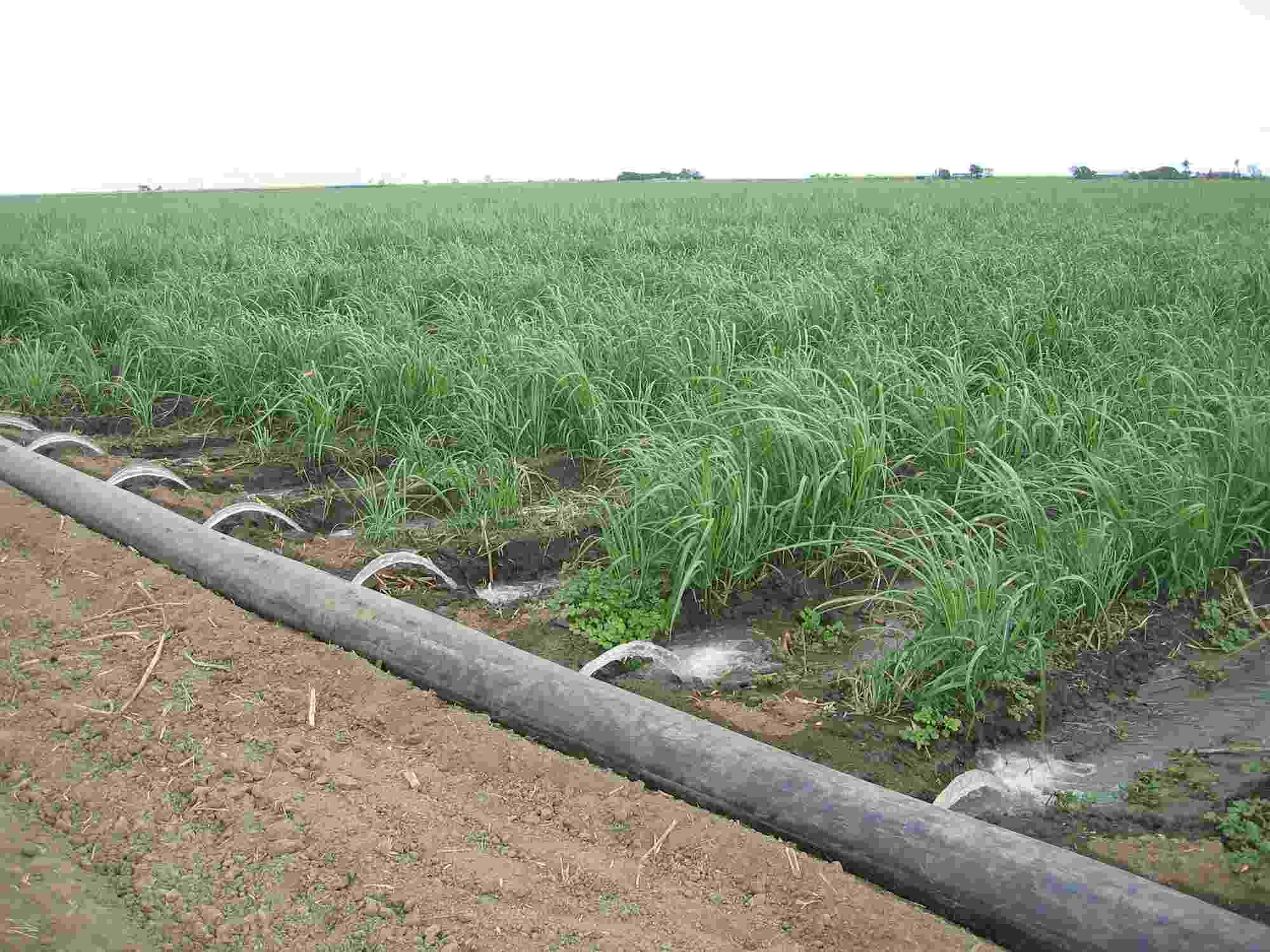Soil and water conservation and sustainable development
Published in Encyclopaedia of the UN Sustainable Development Goals: Clean Water and Sanitation
14 May 2021


A hydroflume (sometimes called a drip irrigation system) directly irrigates targeted crops and avoids watering non-fertile soil
Authors: Amare Bantider, Amare Haileslassie, Tena Alamirew, Gete Zeleke
Soil and water resources are very closely linked, and as a result there are strong connections in conservation methods. Soil and water conservation (SWC) measures were implemented as early as the Neolithic period, and since the early 20th century SWC programs have evolved into ‘sustainable land management’, a widely used concept that broadly captures technologies, approaches, planning, and decision-making processes which promote actions toward integrated resource management within a watershed or given landscape.
Sustainable natural resource management (to which SWC is a component) is a major part of ensuring sustainable development and is also crucial in achieving the Sustainable Development Goals (SDGs). Despite this and the considerable history of SWC, soil erosion is still a serious problem globally. How can we better understand and address issues surrounding soil and water conservation, and what are the major principles essential for SWC to significantly contribute to the SDGs?



